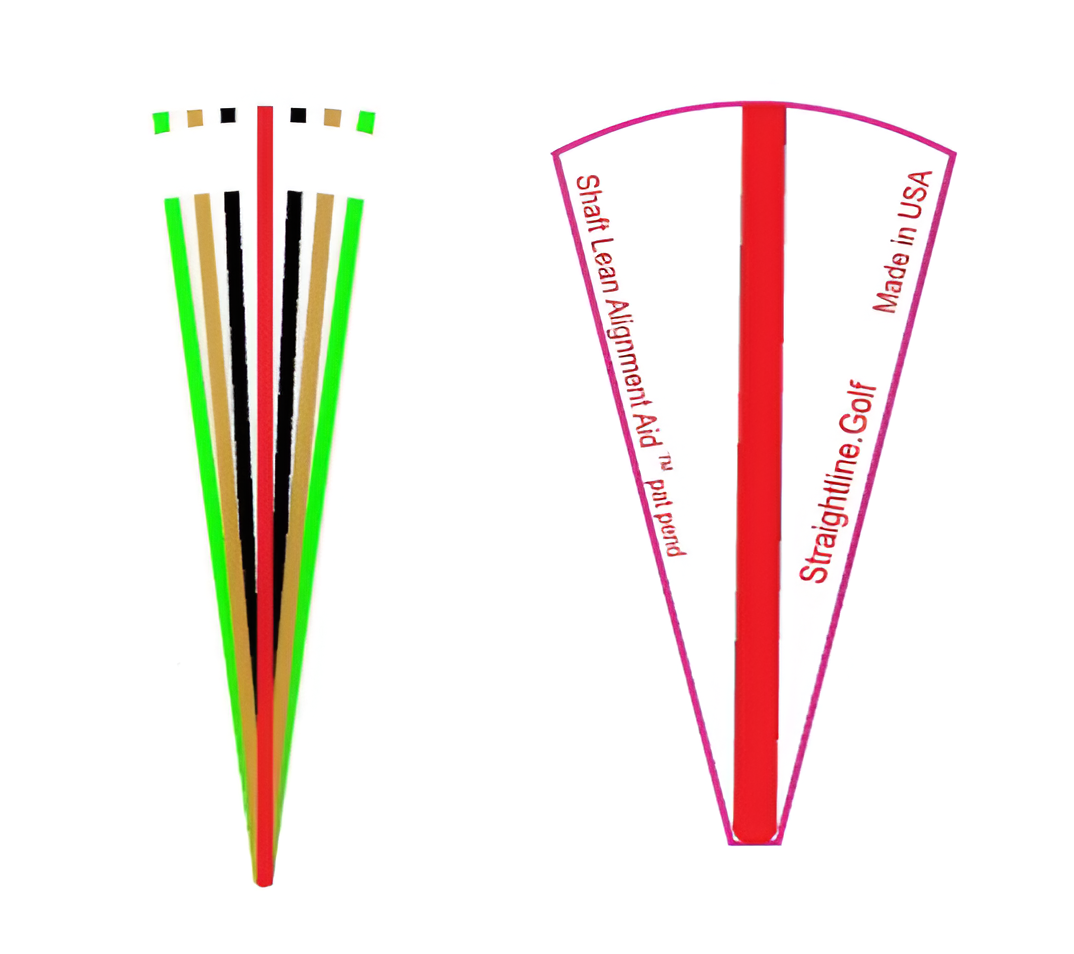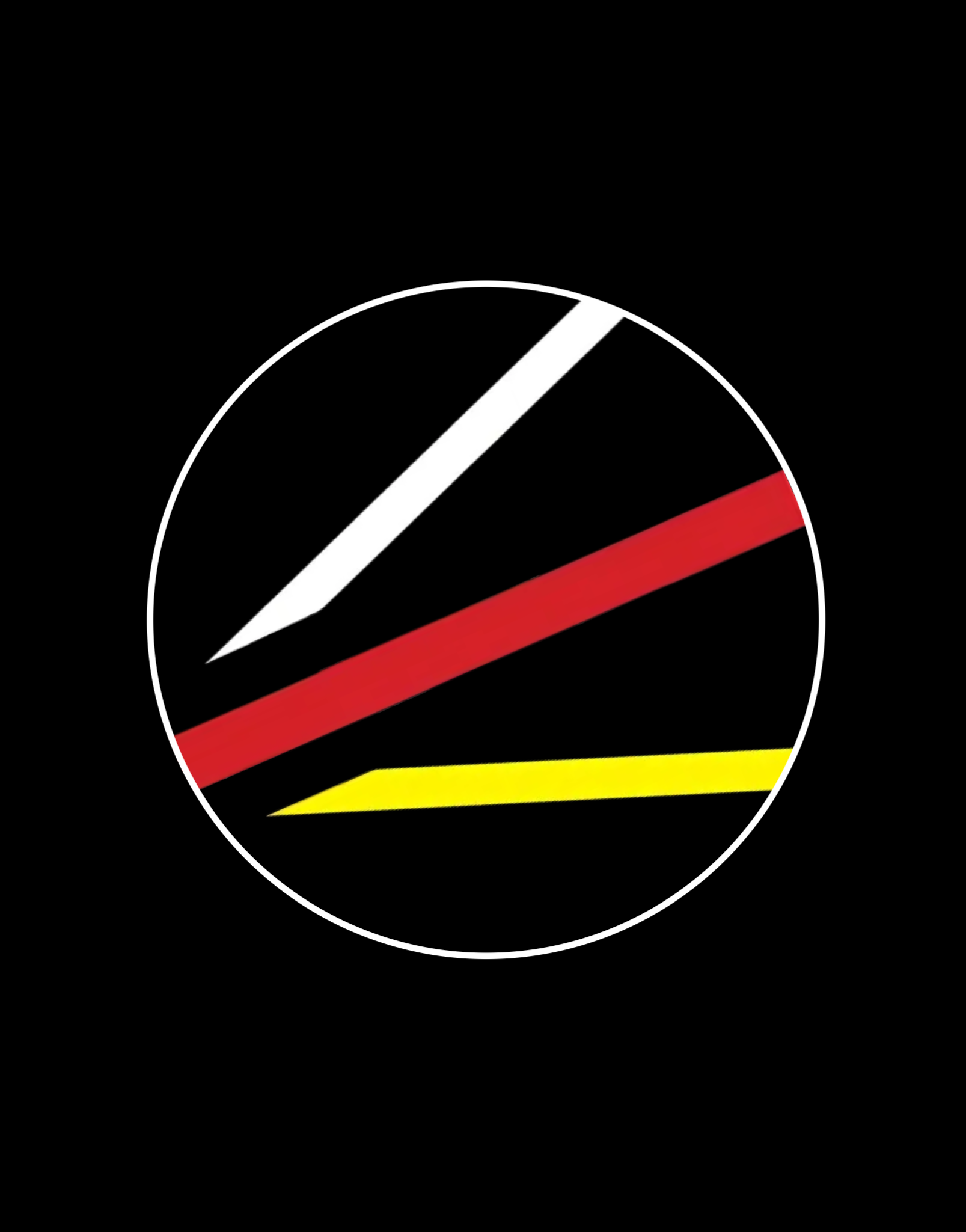Open/Closed Face at Impact
How to Square the Club Face at Impact
Straightline® Club Alignment System's
Open/Closed Face Position Aid Is
Permitted by the USGA
Open/Closed Face at Impact
Straightline® Club Alignment System
The only Open/Closed Position Aid Permitted by the USGA
If you have been asking the following, our Open/Closed Face Position Aid will help:
- How does open /closed face position effect the direction of the ball flight?

Product Benefits
• See your preferred shaft lean angle at address for any golf club.
• It improves your swing plane clubface alignment and follow through.
• Strike down (or up) on the ball to give you height and distance
• Get backspin on the ball to control the roll on the green.
• Improve the distance and accuracy of your golf strokes.
• Prevent flipping your wrist by having the correct shaft alignment at impact.
• Help prevent slices and fat shots.
Instructional Video

Product Video

Product Video

- Shaft Lean Aid
- Top of the Backswing Aid
- Consistent Takeaway Aid
- Triangle Position Aid
- Neutral Loft Position Aid
- Open/Close Face Alignment
Product Benefits
• See your preferred shaft lean angle at address for any golf club.
• It improves your swing plane clubface alignment and follow through.
• Strike down (or up) on the ball to give you height and distance
• Get backspin on the ball to control the roll on the green.
• Improve the distance and accuracy of your golf strokes.
• Prevent flipping your wrist by having the correct shaft alignment at impact.
• Help prevent slices and fat shots.
Instructional Video

Product Video

Product Video












